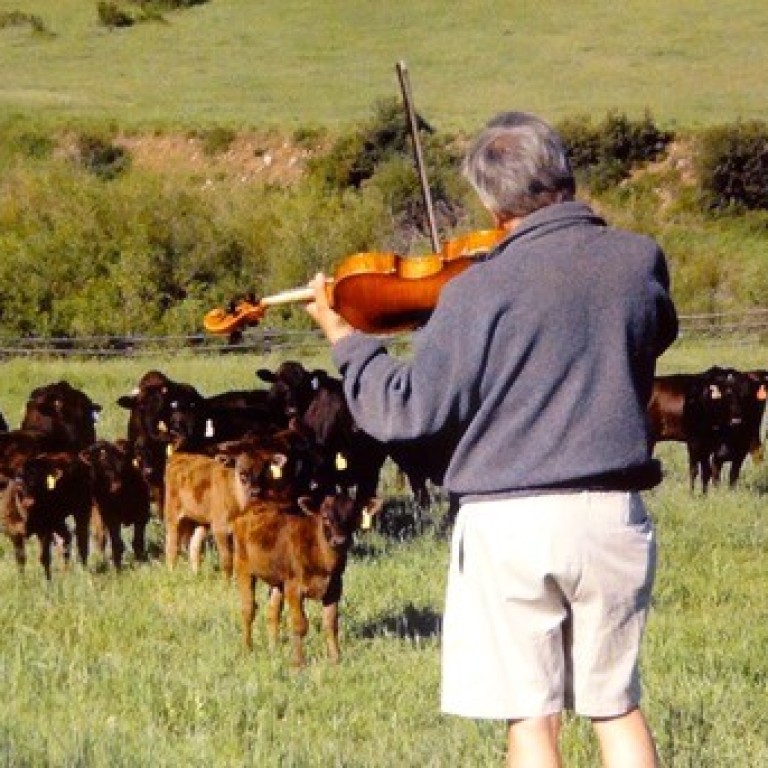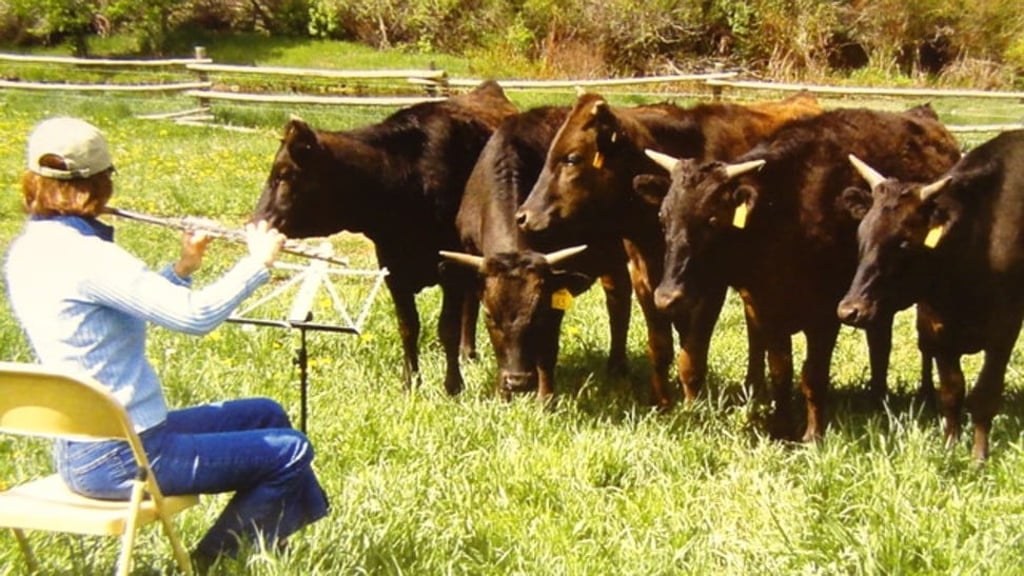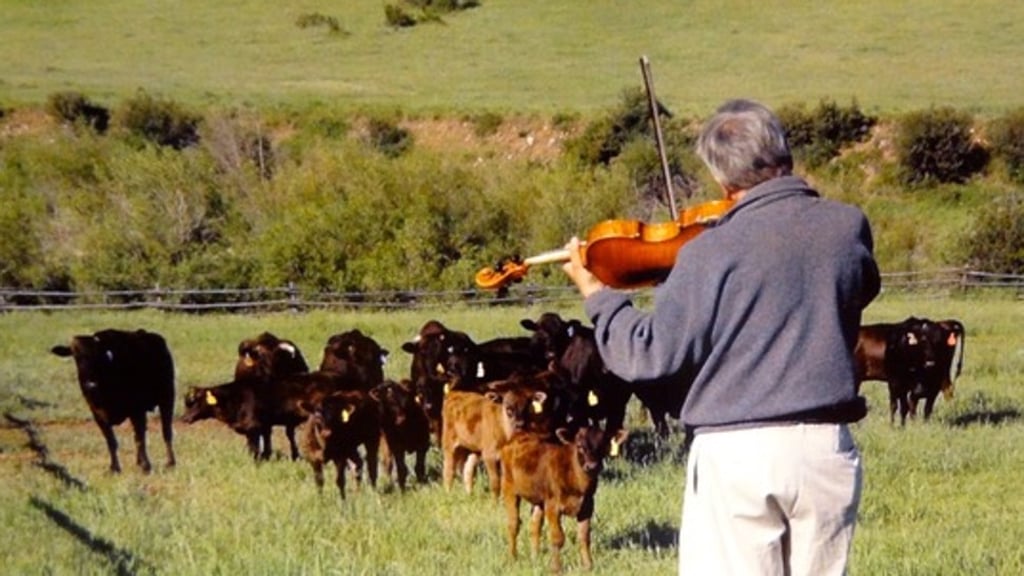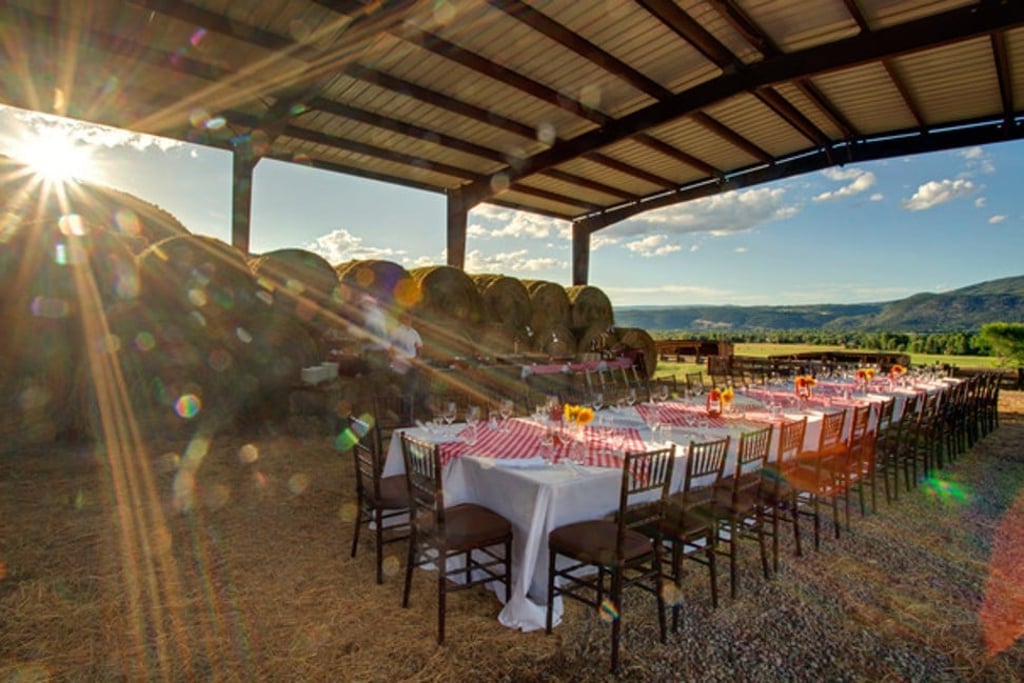How Wagyu beef cattle found a home on American farms

Hotels The Little Nell and Devil’s Thumb Ranch and Joseph Decuis restaurant serve steak from cattle given special vegetarian diets and treated to musical entertainment
The Wagyu story can be a little complicated. Translated literally as Japanese beef, Wagyu is any one of four breeds of cattle that are considered indigenous to Japan – black, brown, shorthorn and poll.
Then there are full-bloods (100 per cent), purebred (greater than 93.75 per cent) and crossbreeds (greater than 50 per cent). And amazingly, the entire population of Wagyu outside Japan can be traced to fewer than 200 exports to the United States.
In another twist, Japanese Wagyu was not even available in the US until 2012. Before 2009, slaughterhouses in Japan where Wagyu was processed had not been certified for export by the United States Department of Agriculture, and between 2009 and 2012 there was a US ban on importing Japanese beef to protect against foot-and-mouth disease.
Today, there are around 40,000 Wagyu in the US. Only diehard purists will insist on having full-blood Wagyu, with everyone else being pretty happy (and unlikely to be able to tell the difference) with purebred Wagyu.
Check out how three places are rearing their own Wagyu cattle.
A herd of cattle ... and a team of sommeliers


